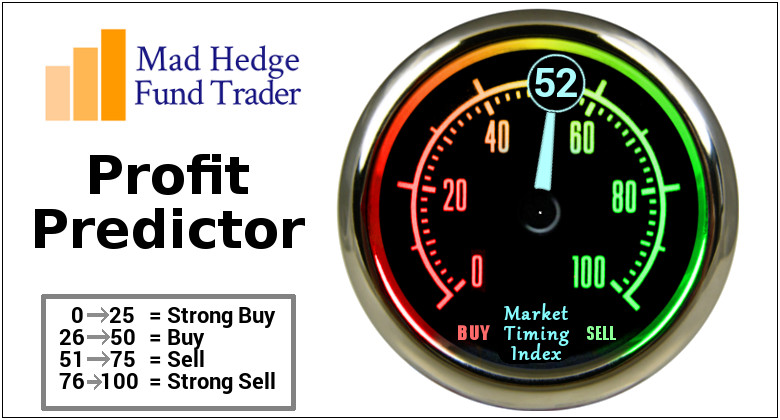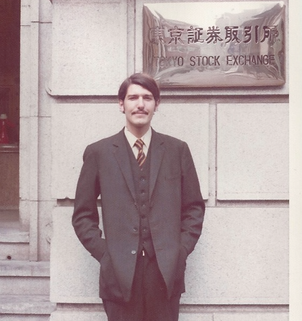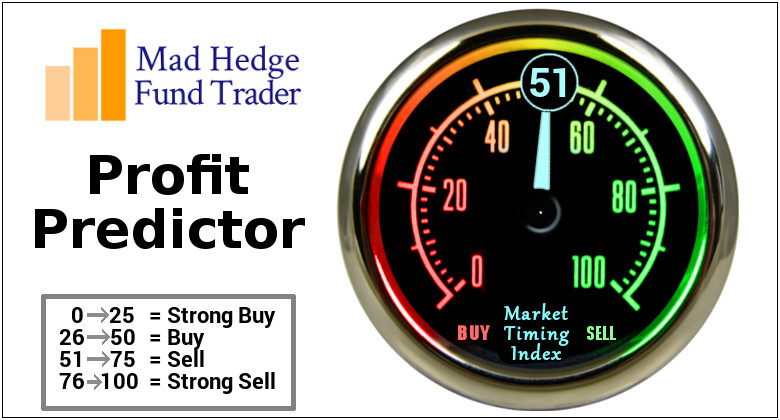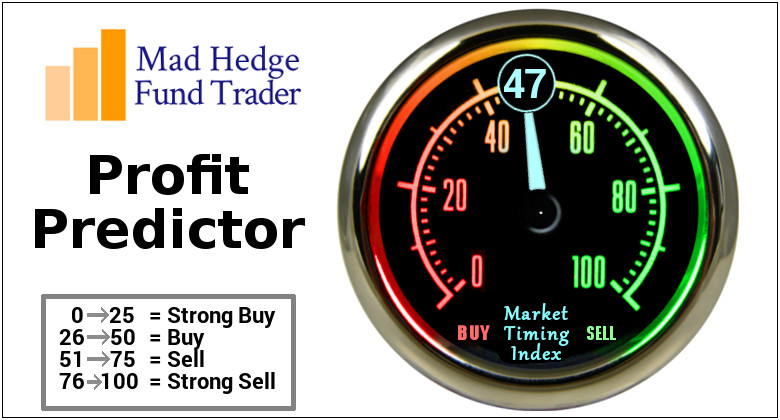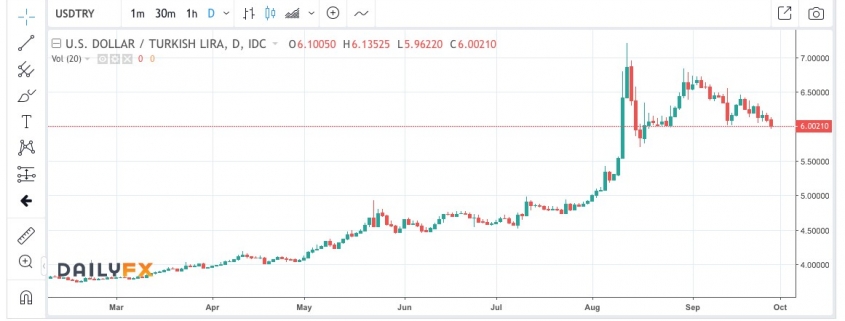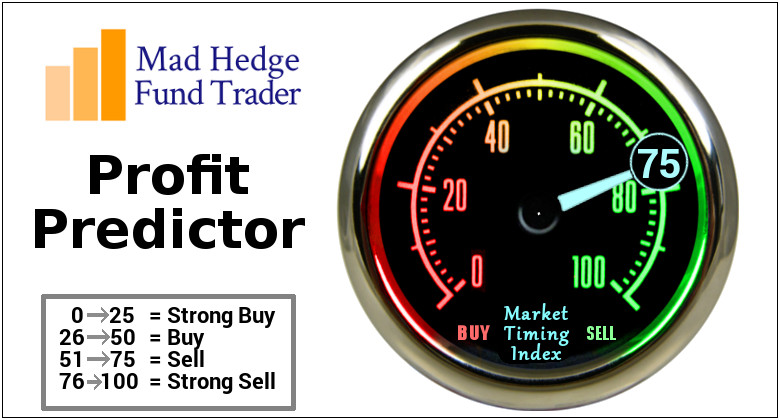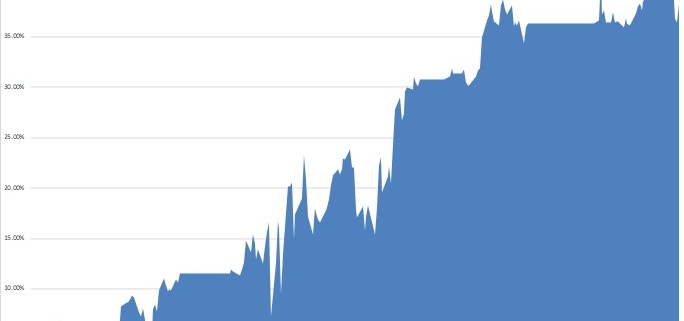Taking profits - it was finally time.
The Nasdaq has been hit in the mouth the last few days and rightly so.
It was the best quarter in equities for five years, and a quarter that saw tech comprise up to a quarter of the S&P demonstrating searing strength.
It would be an understatement to say that tech did its part to drive stocks higher.
Tech shares have pretty much gone up in a straight line this year aside from the February meltdown.
Even that blip only caused Amazon (AMZN) to slide around 10%.
After all the terrible macro news thrown on the market in spades – tech stocks held their own.
Not even a global trade war with the second biggest economy in the world which is critical to exporting products to America was able to knock tech shares off their perch.
At some point, 26% earnings growth cannot sustain itself, and even though the tech narrative is still intact, investors need to breathe.
Let’s get this straight – tech companies are doing great.
They benefit from a secular tailwind with every business pivoting to mobile and software services.
All that new business has infused and invigorated total revenue.
The negative reaction by technology stocks was based on two pieces of news.
Interest rates (TLT) surging to over 3.2% was the first piece of news.
The increase in rates reinforces that the economy is humming along at a breakneck speed.
Yields are going up for the right reasons and this economy is not a sick one indeed.
As rates rise, other asset classes become more attractive such as CD’s and bonds.
The whole world is looking at the pace of rate rises because this will affect the ability for tech behemoths to borrow money to invest in their expensive well-oiled machines.
Three things are certain - the economy is hot, the smart money is buying on the dip now, and Amazon will still take over your home.
Even in a rising rate environment, Amazon is fully positioned to outperform.
The second catalyst to this correction was Amazon’s decision to hike its minimum wage to $15 per hour.
This could lay the path for workers around the country to demand higher pay.
The move was a misnomer as it will eliminate stock awards and monthly bonuses lessening the burden that Amazon actually has to dole out.
Call this a push – the rise in expenses won’t be material and realistically, Amazon can afford to push the wage bill by another order of magnitude, even though they will not.
This was also a way for Amazon founder Jeff Bezos to keep Washington off his back for a few months, and his generous decision was praised by government officials.
The wage hike underscores the strength of the ebullient American economy, and the consumer will benefit by recycling their wages back into Amazon and the wider economy.
Amazon makes up 50% of American e-commerce sales, and when workers are buying goods online, a good chance its coming from Amazon.
In an environment of full employment, the natural direction of wages is up, and this was due to happen.
You can also look at wage inflation as employees gaining at the expense of the corporation.
However, the massive deflationary trends of technology will also make this wage hike quite irrelevant over time as Amazon will automate more of their supply chain to make up for any wage hike that could damage revenue.
Amazon’s economies of scale give the Seattle-based company enough levers and buttons to push and pull to dilute expenses to make this a non-issue.
Each earnings call usually involves CFO of Amazon Brian Olsavsky explaining the acceleration of efficiencies in fulfilment centers bolstering the bottom line.
The stellar innovation in operational expertise moves up a level each quarter if not two levels.
Ultimately, though expensive on the surface, this won’t affect Amazon’s numbers at all, but more critically please the lower tier of workers who fight and scratch for their daily crust of bread.
This win-win scenario casts a positive image of Bezos in the public eye at a crucial time when he plans to recruit another legion of Amazon workers, as Amazon will shortly announce the location of their second American-based headquarter.
In fact, this turns the screws on the smaller retailers who must match the $15 per hour wage or confront a potential disaster of an entire workforce walking out and joining Amazon.
The mysterious Amazon-effect works in many shapes and sizes.
Big retailers like Target (TGT) have griped that it’s near impossible to find seasonal workers for the upcoming holiday season.
Moreover, if inflation remains moderate but contained – technology will power on.
And it will take more than a few prints of rising inflation to impress the Fed enough to expedite the raising of rates.
But it is safe to say that investors cannot expect the 100% up moves like in Amazon and Advanced Micro Devices (AMD) in one calendar year moving forward.
Technology has a plate full of challenges facing its share price as we move into the latter part of the fiscal year.
The challenges are two-fold - mid-term elections and navigating a smooth year-end.
Earnings should be good which is already baked into the pie, and the benefits of the tax cut have already worked itself through the system.
The furious pace of share buybacks will eventually subside too.
Management might finally bring out the spin doctors claiming the stronger dollar and worsening trade war is the reason to guide down.
At least tech companies doing business in China might follow this playbook.
Either way, tech shares are demonstrably sensitive right now and while the market needs tech to lead the way, the sector is exhausted from the burden of carrying the bulk of the load.
Freak-outs on rate surges have been a common experience for those old hands presiding over markets for decades.
These are all the staples of a 9th year bull market.
Typical late stage topping action is normal in economic cycles.
After the dust settles, the overreaction will give way to great buying opportunities at great prices, albeit it in the higher quality names.
The chip sector is still one to avoid unless the names are Advanced Micro Devices or Nvidia (NVDA).
Legacy companies have always been a no-go.
If you want hyper-growth, fin-tech name Square (SQ) would be an ideal candidate.
If buy and hold is your cup of tea, any 10% discount would be a great entry point in any of these quality companies.





